Exploring historic battlefields offers a unique glimpse into the past. These sites preserve the stories of pivotal conflicts and honor those who fought. Visiting these battlefields can be both educational and moving. Each site has its rich history and significance.
1985 Gettysburg Battlefield, Pennsylvania, USA
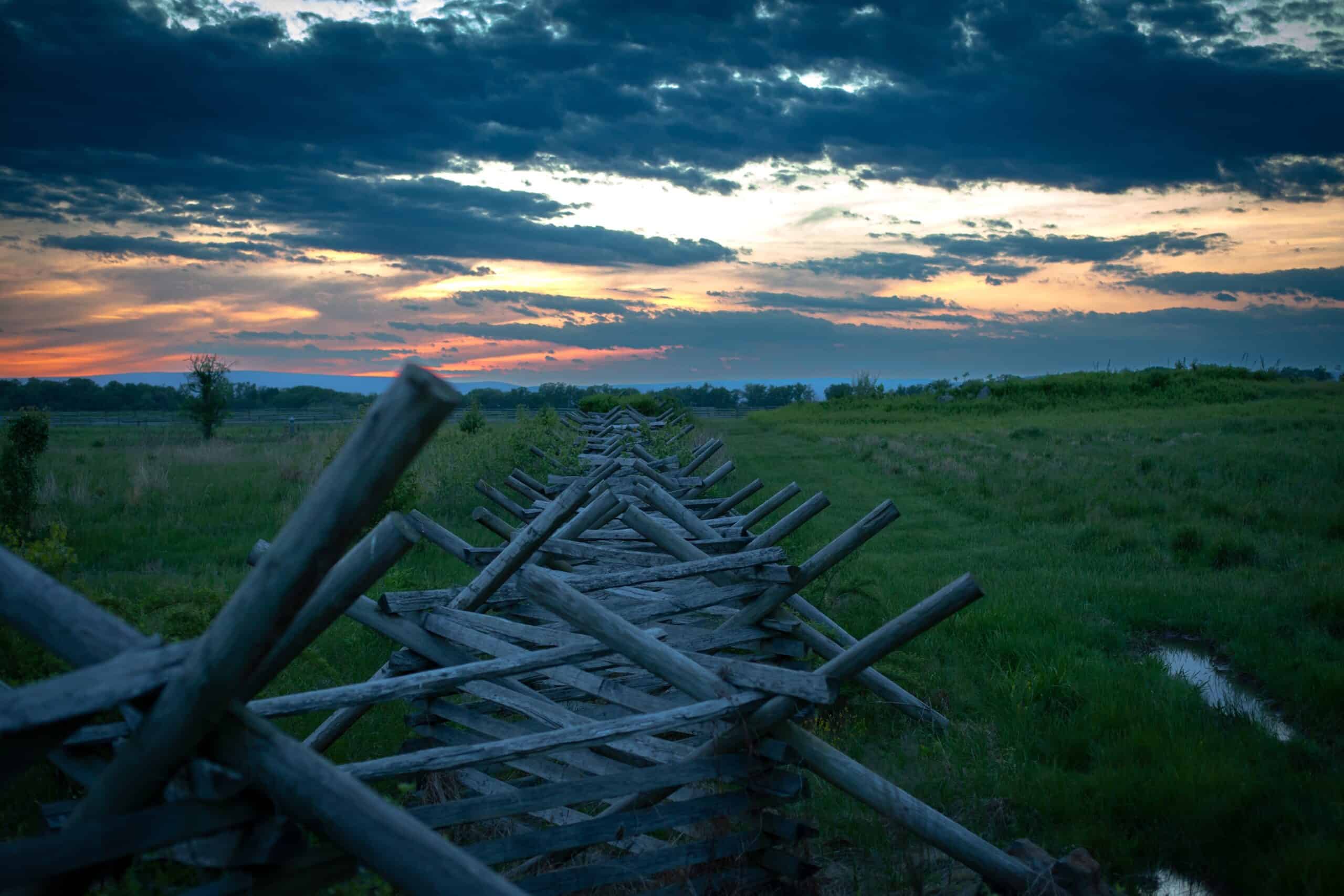
The Gettysburg Battlefield is one of the most iconic sites in American history. It was the location of a crucial Civil War battle in 1863. The conflict lasted three days and resulted in a Union victory. President Lincoln later delivered his famous Gettysburg Address here. The battlefield is now a national park, attracting millions of visitors. Gettysburg’s significance lies in its impact on the Civil War’s outcome. The Union victory here turned the tide against the Confederacy. Visitors can explore numerous monuments, memorials, and preserved landscapes.
Waterloo Battlefield, Belgium
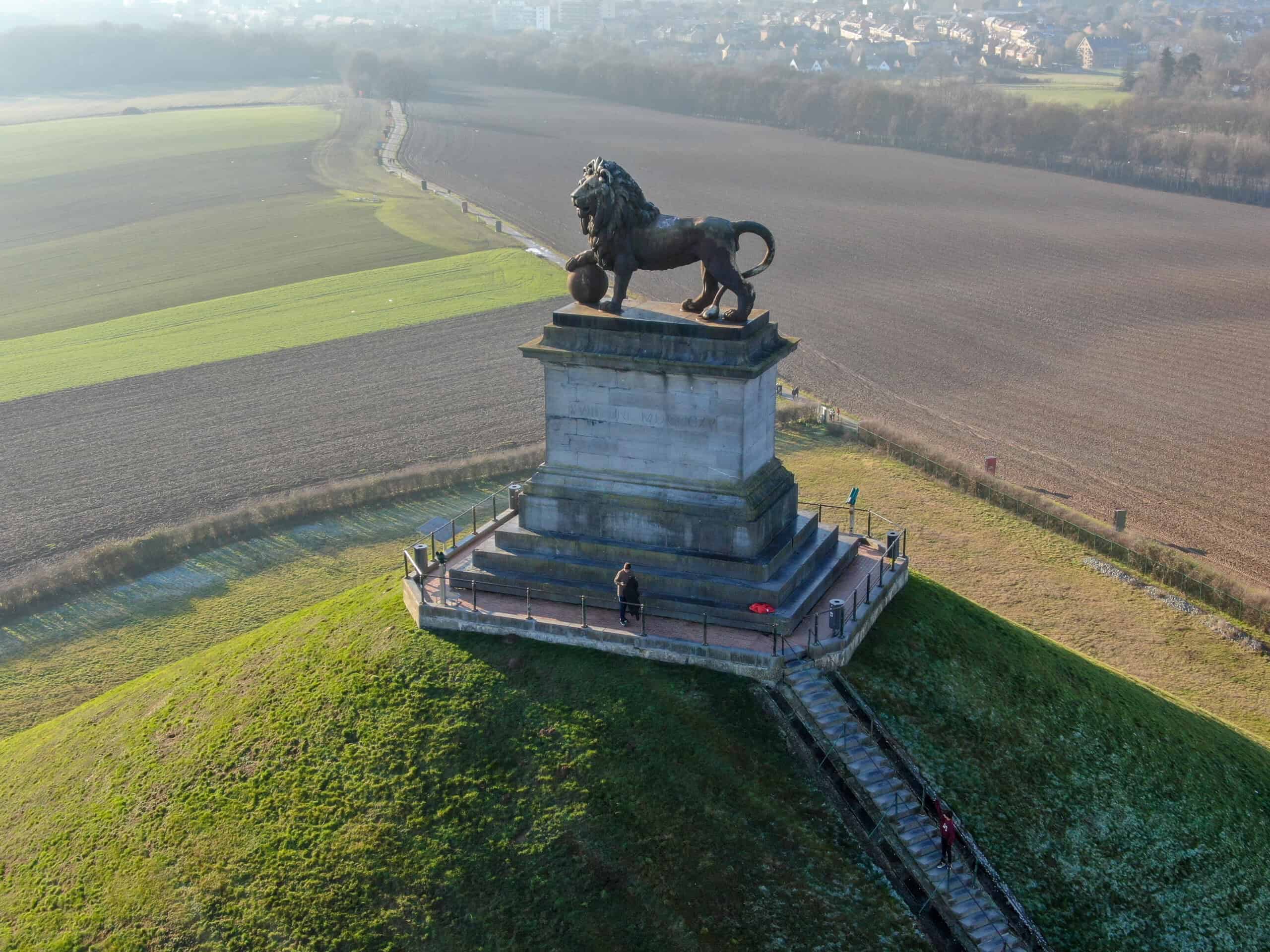
Waterloo Battlefield marks the site of Napoleon Bonaparte’s final defeat. The Battle of Waterloo took place in 1815. This decisive conflict ended the Napoleonic Wars. The battlefield is located near Brussels and covers a vast area. Key features include the Lion’s Mound and the Wellington Museum. Waterloo’s significance is global, altering Europe’s political landscape. The battle ended Napoleon’s rule and led to his exile. Visitors can see the preserved terrain and learn about the battle’s tactics. The site also features panoramic views and historical reenactments.
Normandy Beaches, France
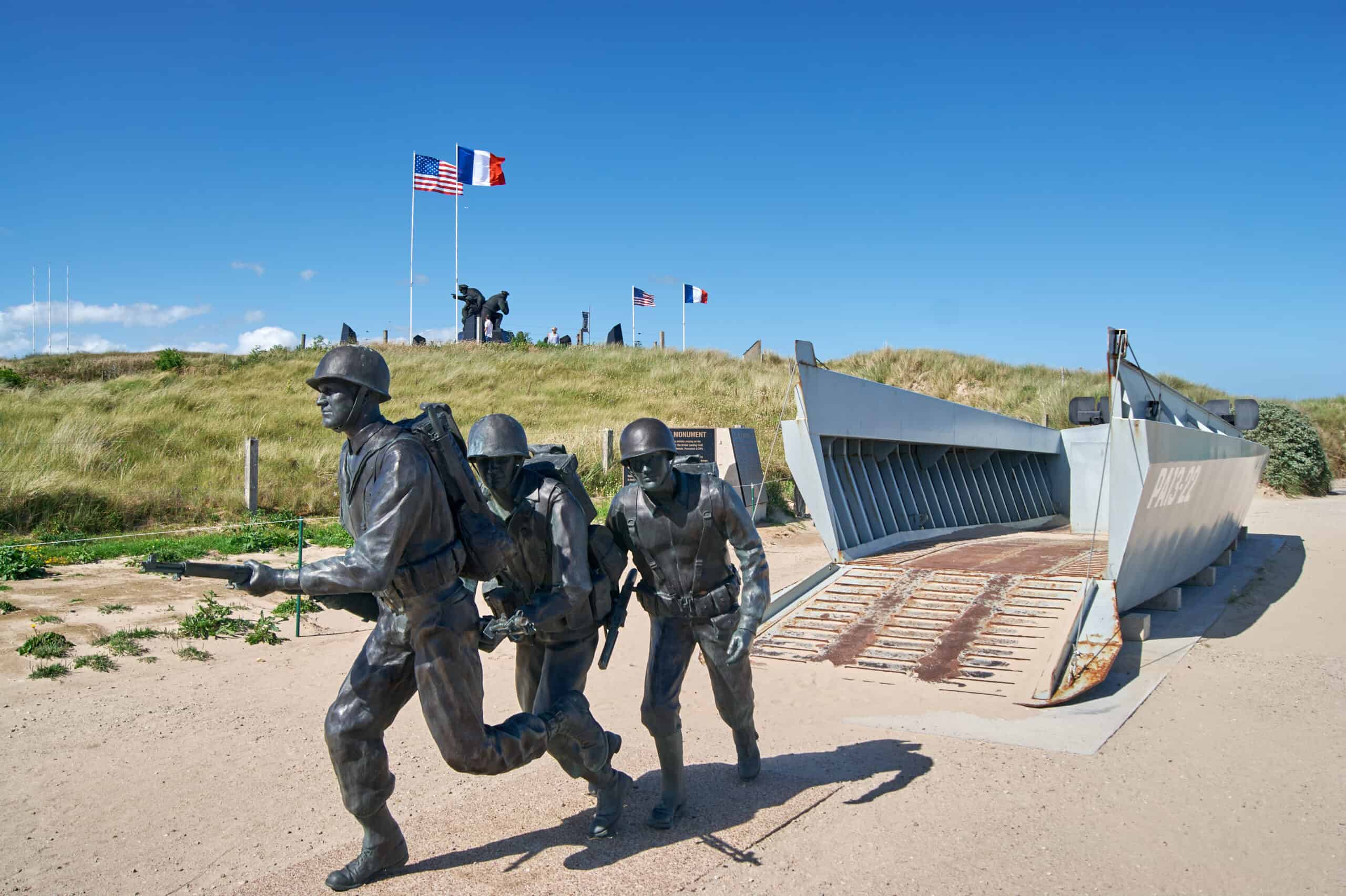
The Normandy Beaches are where the D-Day landings occurred in 1944. This massive Allied invasion marked the beginning of the end for Nazi Germany. The beaches span several miles along France’s northern coast. Key landing sites include Omaha, Utah, Gold, Juno, and Sword. Normandy’s significance is immense, symbolizing Allied cooperation and bravery. The successful landings paved the way for the liberation of Europe. Visitors can explore numerous museums, memorials, and cemeteries.
Hastings Battlefield, England
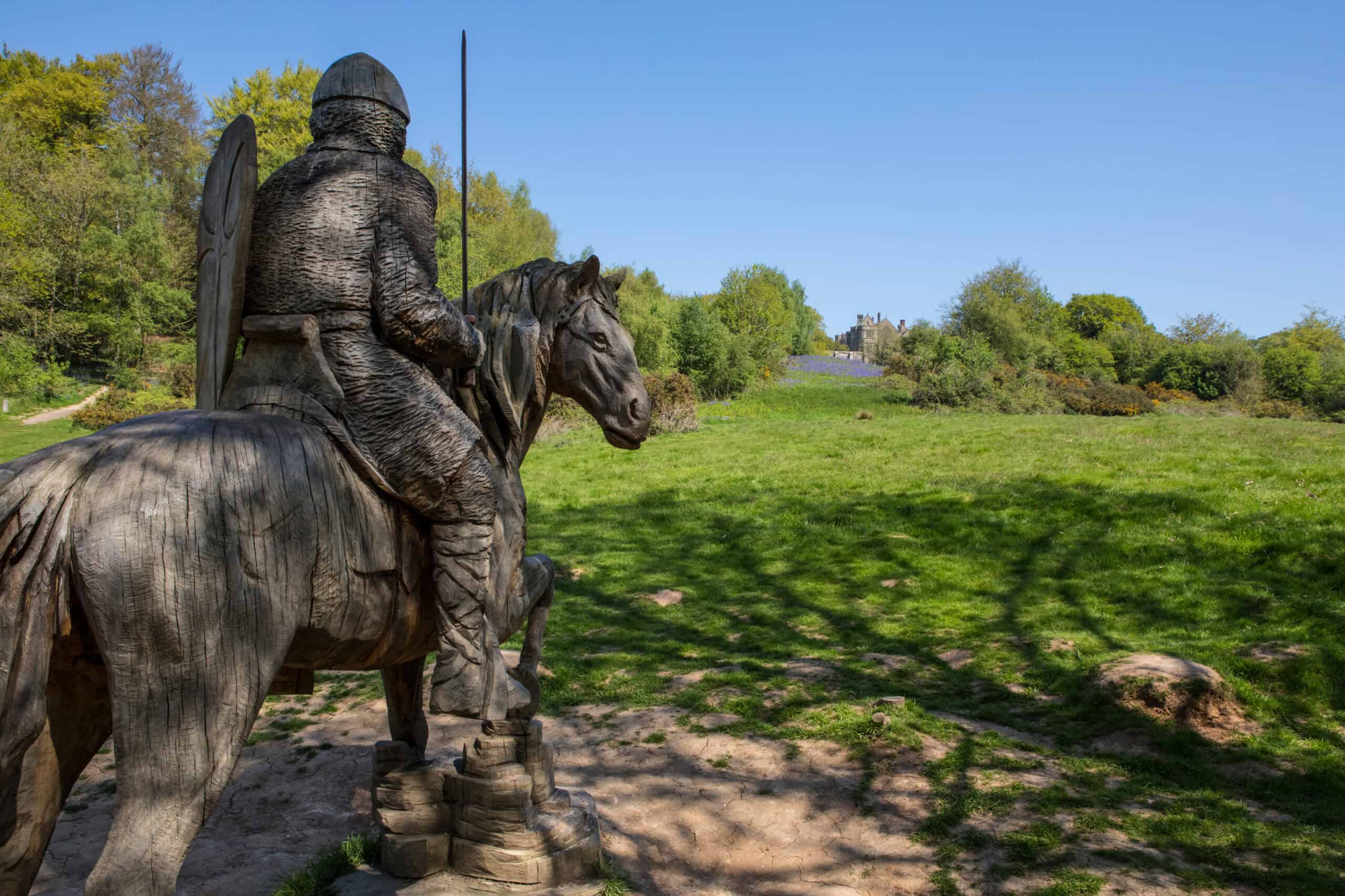
The Battle of Hastings took place in 1066. It was a decisive conflict that changed English history. William the Conqueror defeated King Harold II here. The battlefield is located near the town of Battle in East Sussex. Visitors can explore the site and the nearby Battle Abbey. Hastings’ significance lies in its lasting impact on England. The Norman conquest led to significant cultural and political changes. The battlefield is well-preserved, with informative exhibits. Guided tours provide insights into medieval warfare and tactics. The site also hosts annual reenactments of the battle.
Culloden Battlefield, Scotland
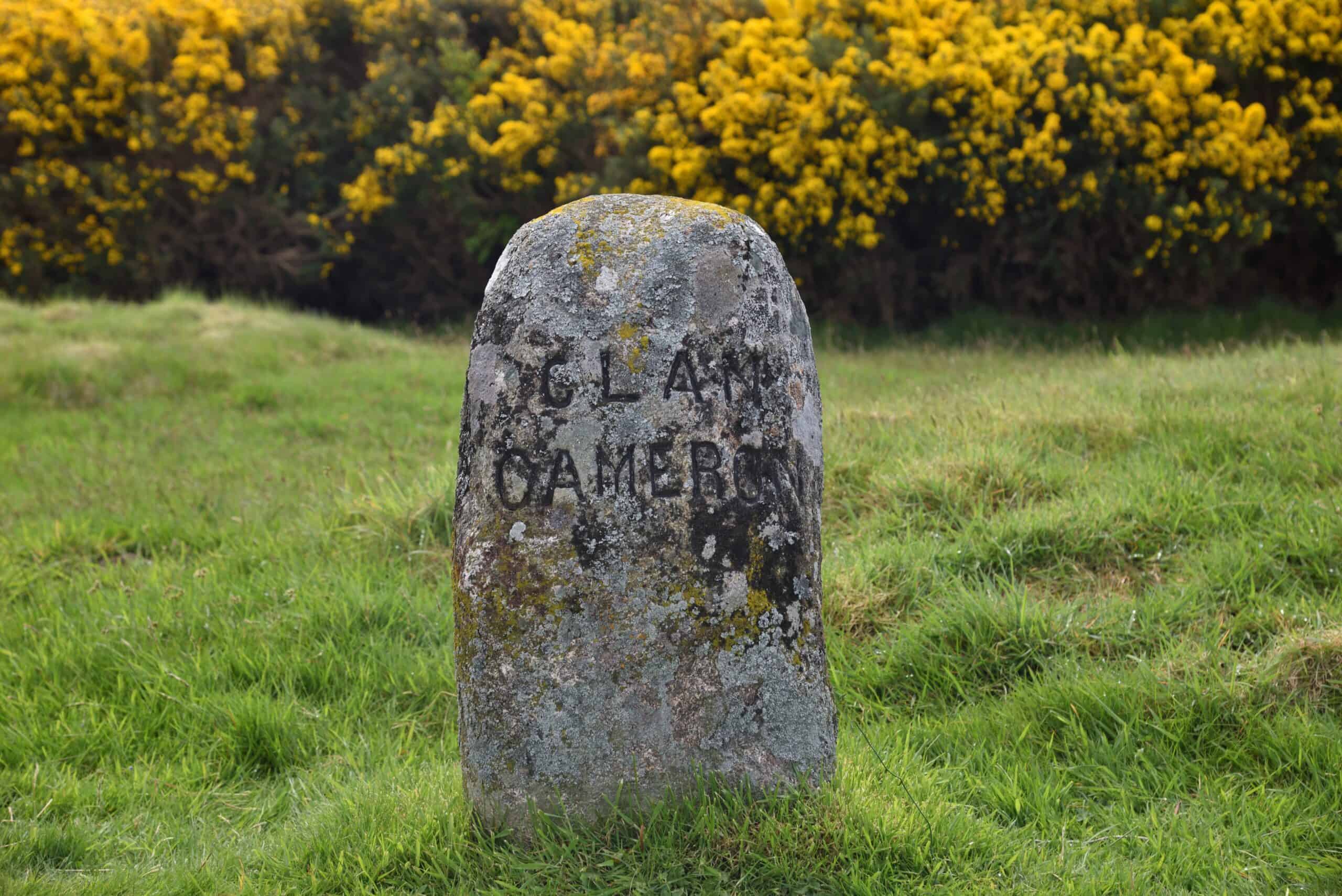
Culloden Battlefield is the site of the last major battle on British soil. The Battle of Culloden occurred in 1746. It was a decisive conflict between the Jacobites and the British government. The battlefield is located near Inverness in the Scottish Highlands. Culloden’s significance is profound for Scottish history. The defeat of the Jacobites ended their efforts to restore the Stuart monarchy. The site is preserved as a national trust property. Visitors can explore the visitor center and the battlefield itself.
Antietam Battlefield, Maryland, USA
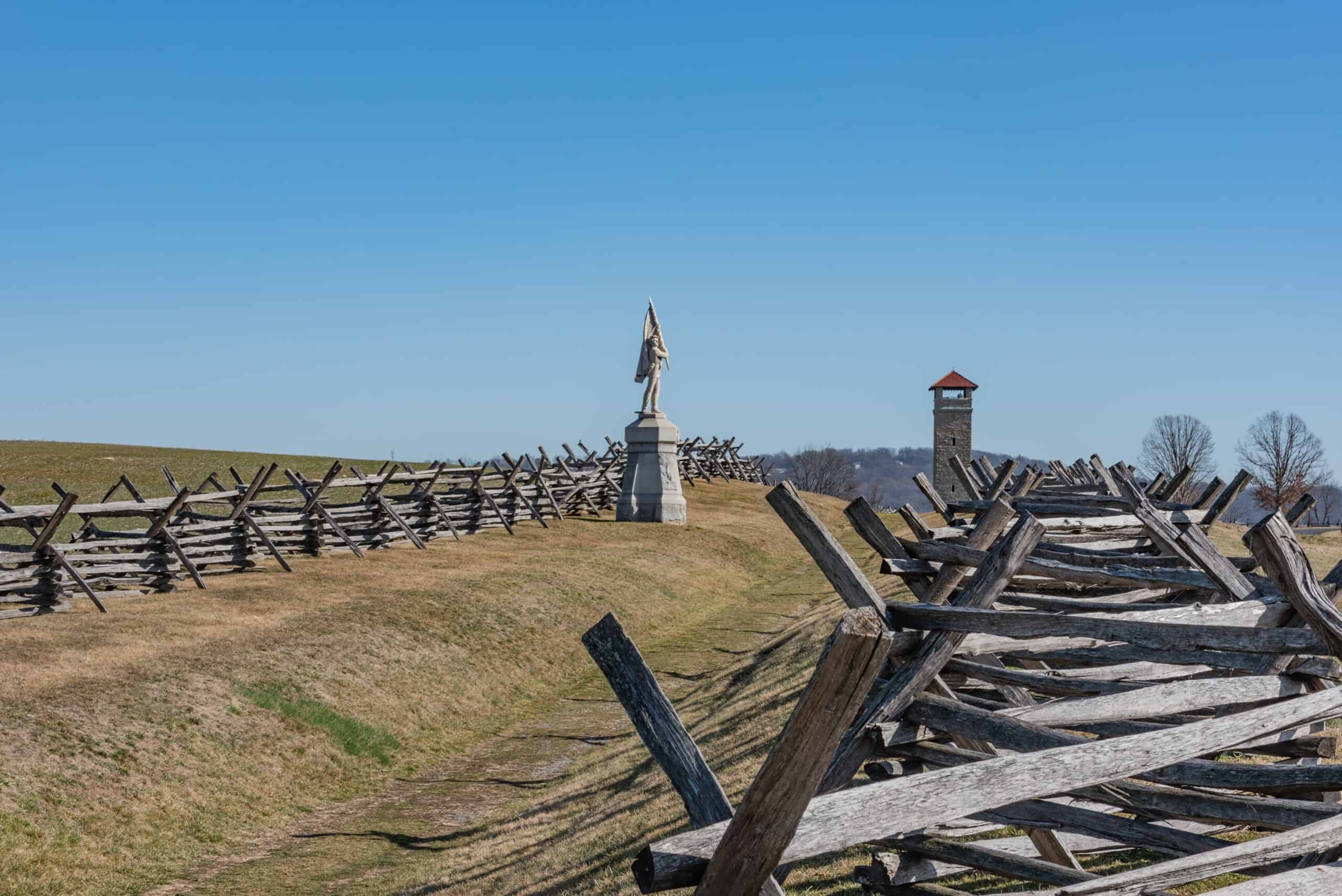
The Battle of Antietam took place in 1862. It is known as the bloodiest single-day battle in American history. The conflict occurred during the Civil War near Sharpsburg, Maryland. The battlefield is now a national park with well-preserved landscapes. Antietam’s significance lies in its high casualties and strategic impact. The Union victory led to President Lincoln issuing the Emancipation Proclamation. Visitors can explore numerous monuments and historic sites.
Gallipoli Peninsula, Turkey
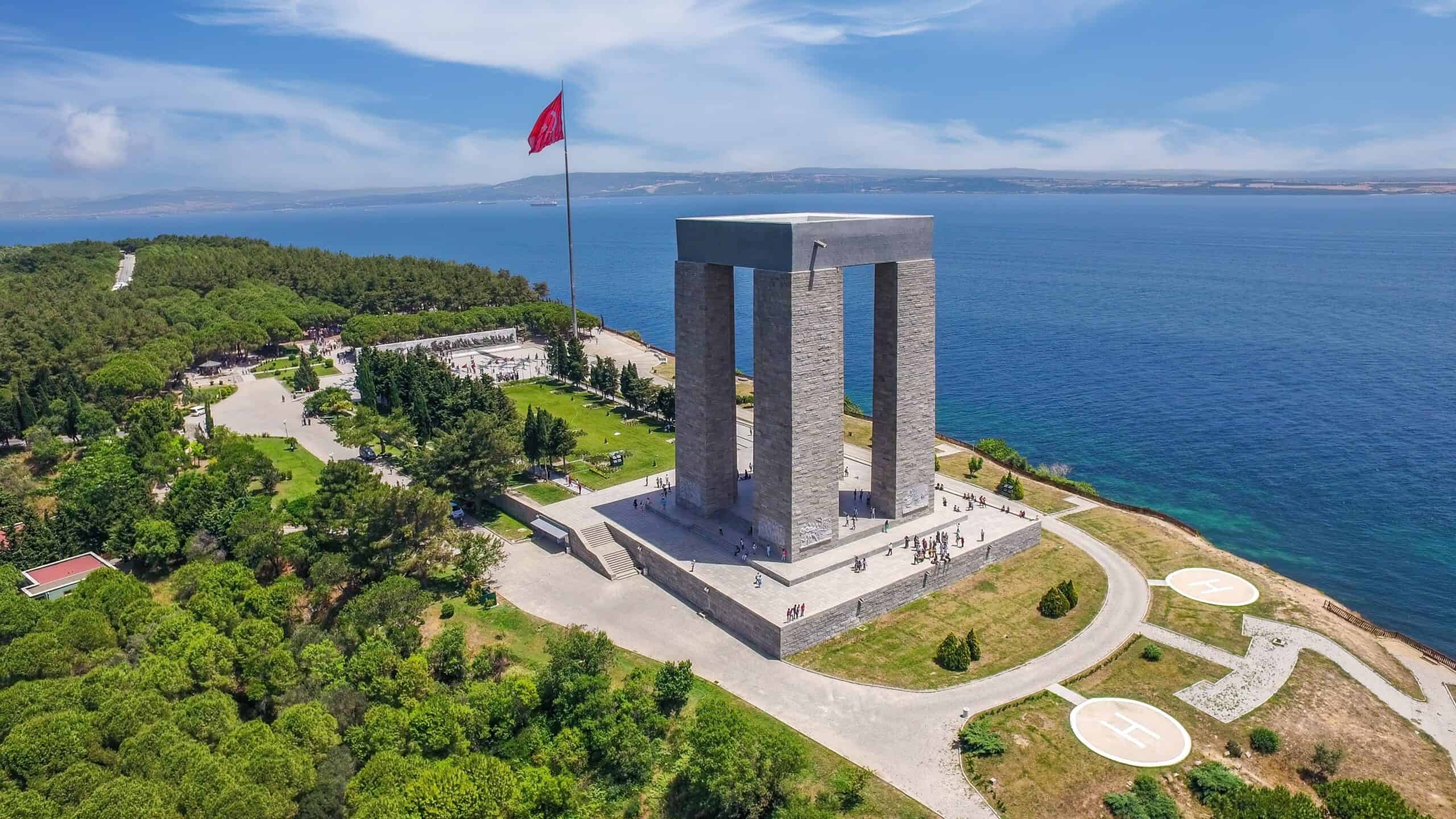
The Gallipoli Peninsula was the site of a major World War I campaign. The Gallipoli Campaign took place in 1915. Allied forces attempted to secure the Dardanelles Strait. The campaign was ultimately unsuccessful, with heavy casualties on both sides. Gallipoli’s significance is profound, especially for Australia and New Zealand. The campaign is remembered for its bravery and sacrifices. Visitors can explore numerous memorials and cemeteries.
Somme Battlefield, France
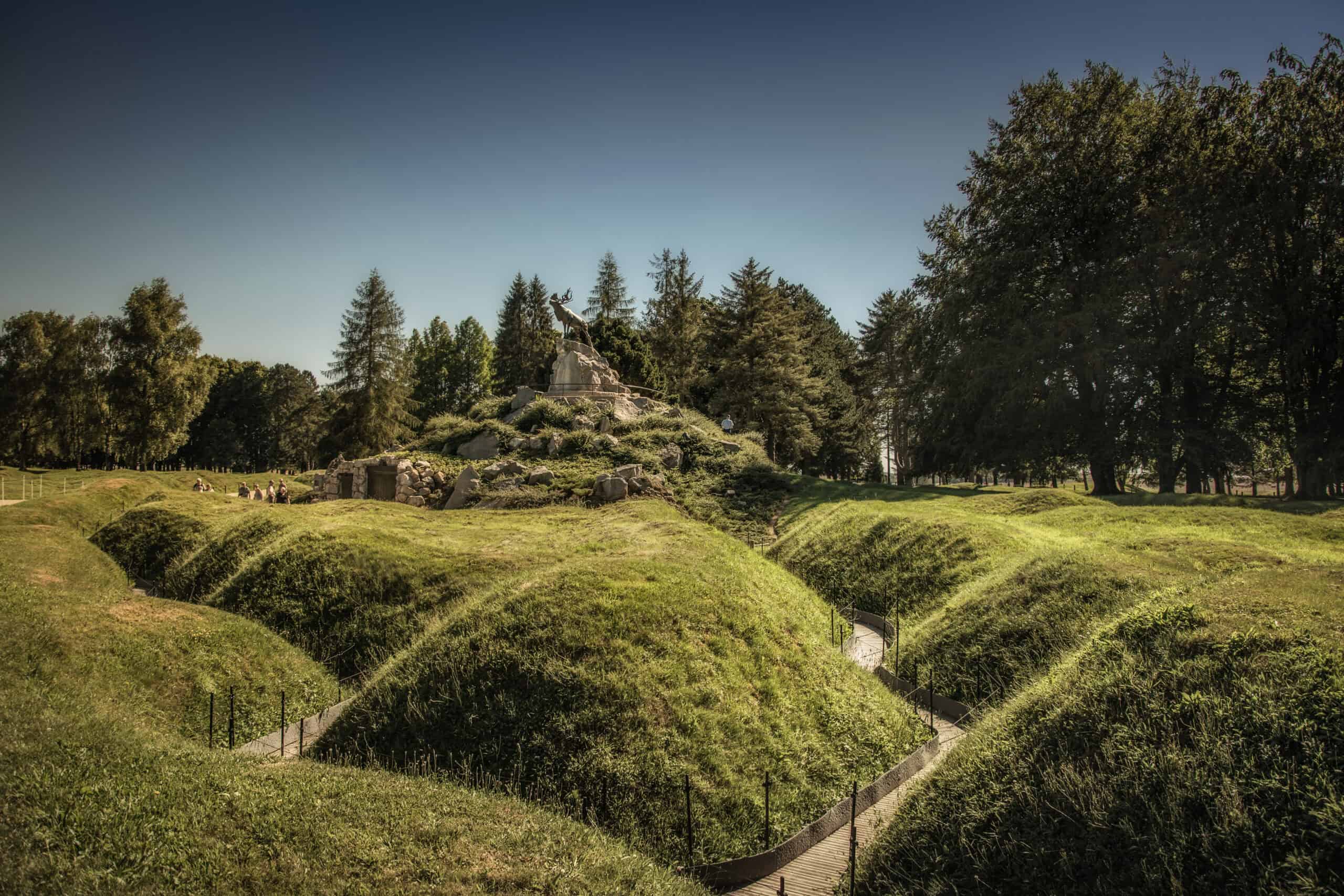
The Battle of the Somme took place in 1916. It was one of the largest battles of World War I. The conflict resulted in massive casualties on both sides. The battlefield is located in northern France, covering a vast area. The Somme’s significance is immense due to its scale and impact. The battle highlighted the horrors of trench warfare. Visitors can explore numerous memorials and preserved trenches.
Bannockburn Battlefield, Scotland
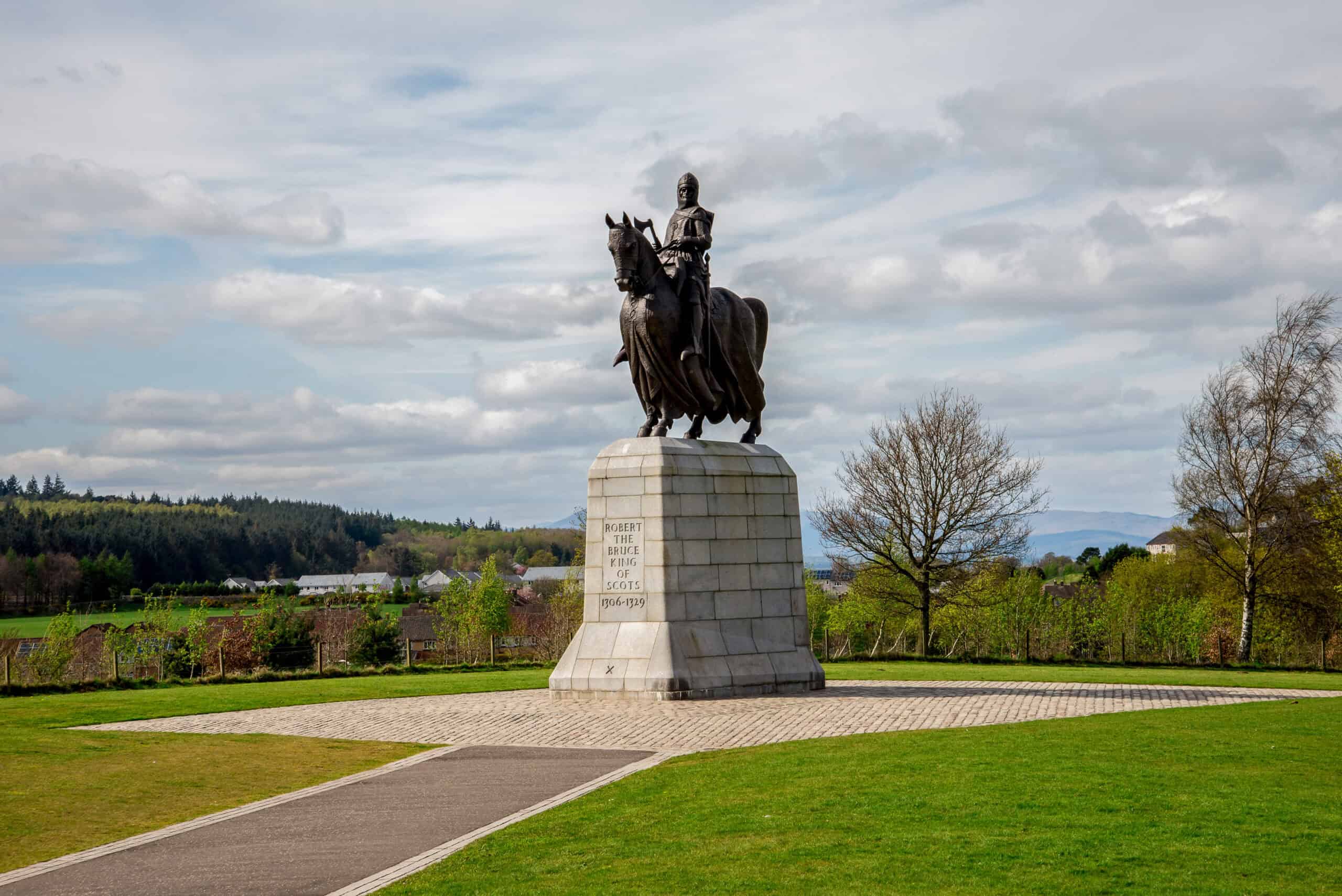
Bannockburn Battlefield marks the site of a crucial Scottish victory. The Battle of Bannockburn occurred in 1314. It was a significant conflict in the First War of Scottish Independence. Robert the Bruce led the Scots against the English forces. The battlefield is near Stirling, Scotland. Bannockburn’s significance lies in its impact on Scottish independence. The Scottish victory bolstered their efforts against English rule. Visitors can explore the Bannockburn Heritage Centre. The site features interactive exhibits and a 3D battle simulation.
Little Bighorn Battlefield, Montana, USA
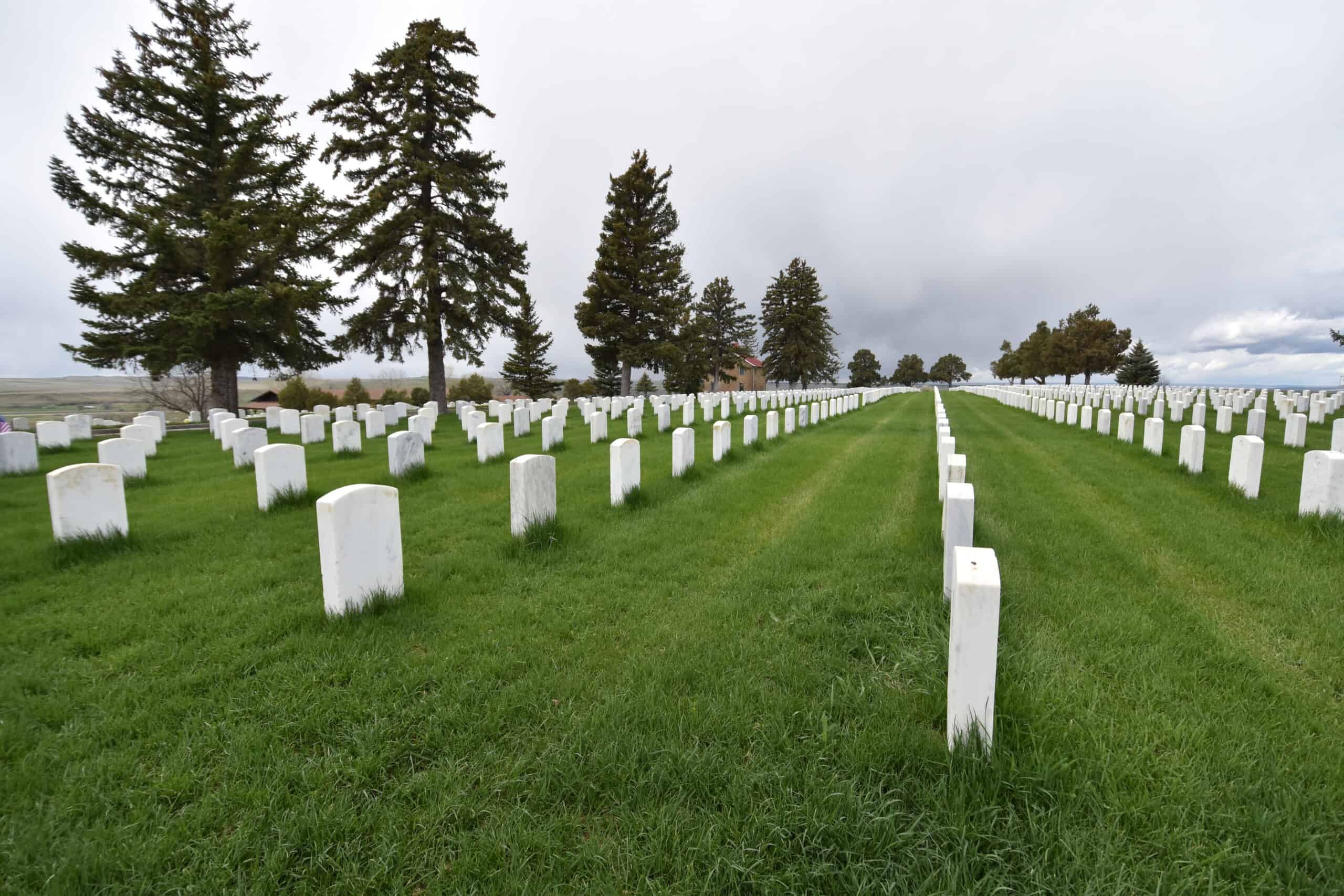
Little Bighorn Battlefield is the site of the famous 1876 battle. Known as Custer’s Last Stand, it was a key conflict between the U.S. Army and Native American tribes. The battle took place in southeastern Montana. Lieutenant Colonel George Custer led the U.S. forces. Little Bighorn’s significance is profound in American history. The battle was a major victory for the Lakota, Cheyenne, and Arapaho tribes. Visitors can explore the battlefield and the Custer National Cemetery.
Verdun Battlefield, France
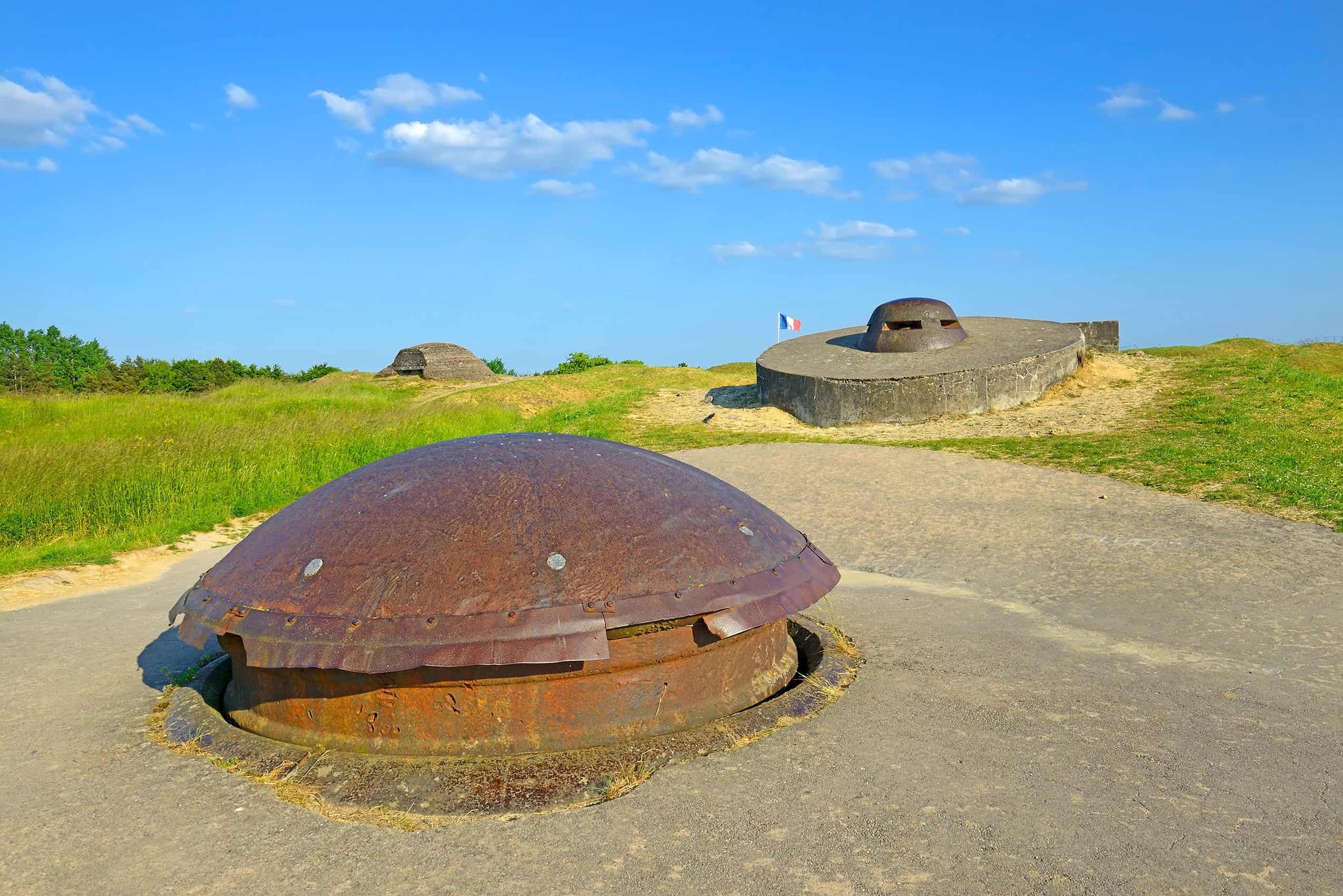
The Verdun Battlefield is a symbol of World War I’s brutality. The Battle of Verdun occurred in 1916. It was one of the longest and costliest battles in the war. The conflict took place in northeastern France. French and German forces clashed for control of the area. Verdun’s significance is immense due to its duration and casualties. The battle lasted for ten months, with heavy losses on both sides. Visitors can explore the Verdun Memorial and Fort Douaumont. The site features preserved trenches and war cemeteries.
Marathon Battlefield, Greece
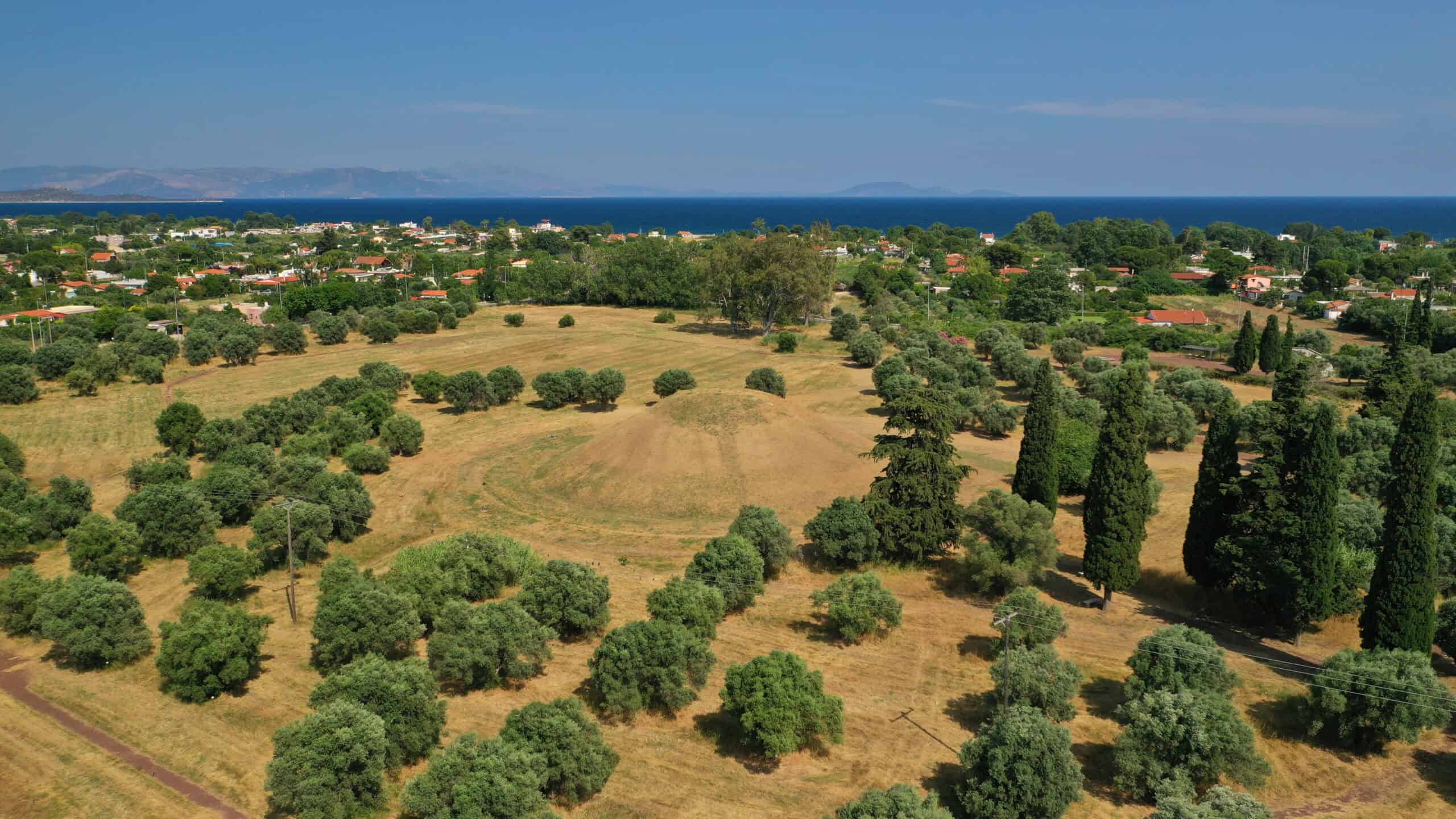
The Marathon Battlefield marks the site of a pivotal ancient battle. The Battle of Marathon occurred in 490 BCE. It was a decisive conflict between the Athenians and the Persian Empire. The battlefield is located near the town of Marathon, Greece. Marathon’s significance lies in its impact on Greek history. The Athenian victory halted the Persian invasion. Visitors can explore the Marathon Museum and the Tumulus of the Athenians.
Stalingrad Battlefield, Russia
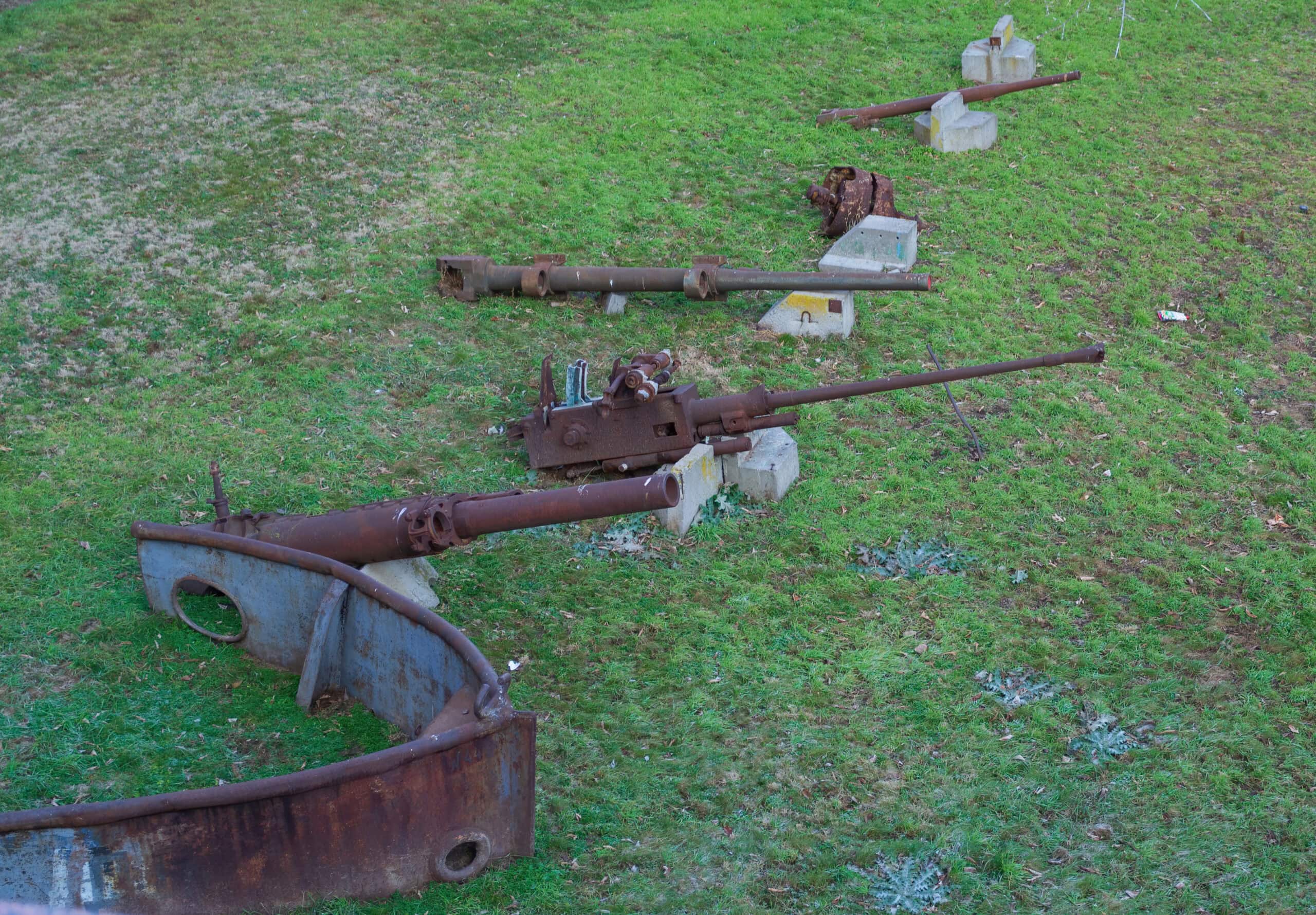
The Stalingrad Battlefield is a key site in World War II history. The Battle of Stalingrad took place from 1942 to 1943. It was one of the bloodiest battles in the war. The conflict occurred in the city of Stalingrad, now Volgograd, Russia. Stalingrad’s significance is profound due to its scale and impact. The Soviet victory marked a turning point against Nazi Germany. Visitors can explore the Battle of Stalingrad Museum and the Mamayev Kurgan memorial. The site features preserved ruins and war relics.
Chancellorsville Battlefield, Virginia, USA
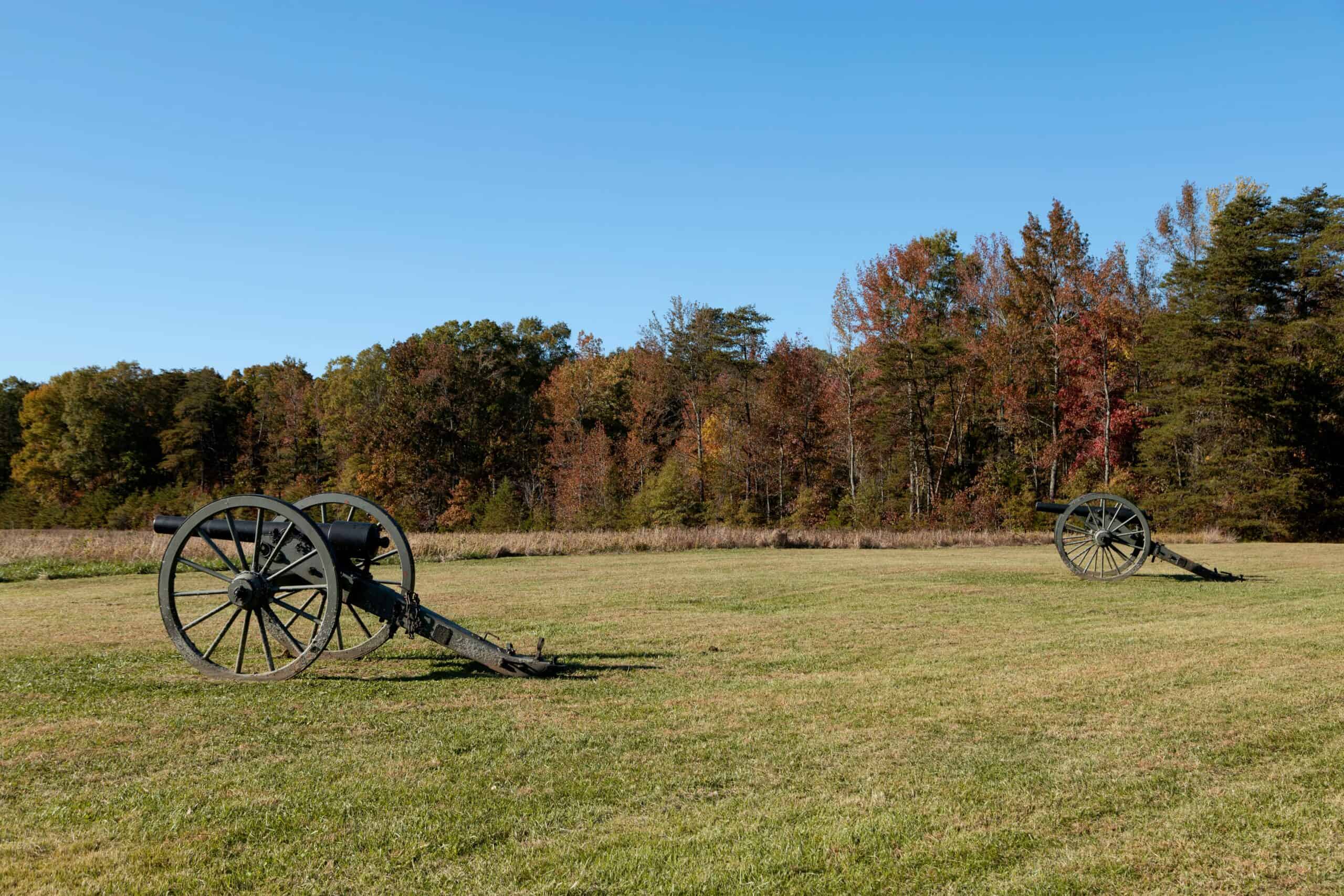
Chancellorsville Battlefield is a significant Civil War site. The Battle of Chancellorsville occurred in 1863. It was a major Confederate victory. The conflict took place in Spotsylvania County, Virginia. General Robert E. Lee led the Confederate forces. Chancellorsville’s significance lies in its strategic impact. The Confederate victory boosted Southern morale. Visitors can explore the Chancellorsville Visitor Center and historic sites. The battlefield features preserved landscapes and monuments.
Yorktown Battlefield, Virginia, USA
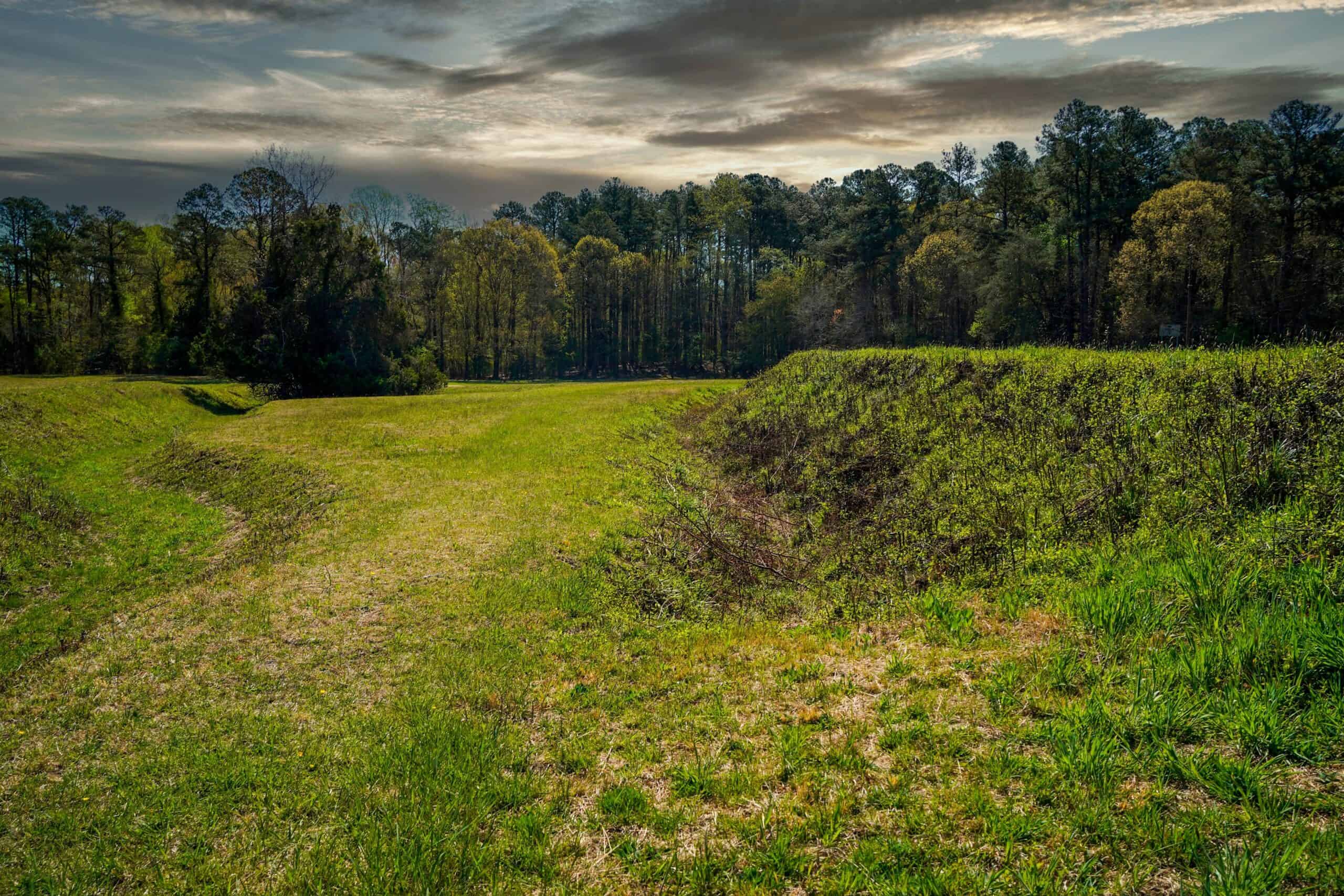
Yorktown Battlefield marks the site of a decisive Revolutionary War battle. The Siege of Yorktown occurred in 1781. It was the last major battle of the American Revolution. The conflict took place in Yorktown, Virginia. General George Washington led the American and French forces. Yorktown’s significance is immense in American history. The American victory led to British surrender and independence. Visitors can explore the Yorktown Battlefield Visitor Center.
This article originally appeared on Rarest.org.
More from Rarest.org
1935 Walking Liberty Half Dollar Value Guide
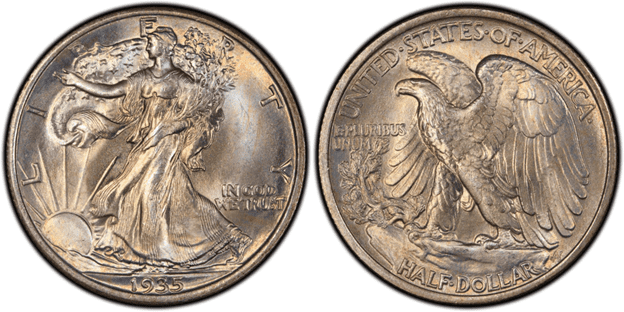
The 1935 Walking Liberty half dollars are valuable as silver bullion and numismatic items. Early in the 20th century, the Walking Liberty Half Dollar was first minted. Read More.
1970 Washington Quarter Value Guide
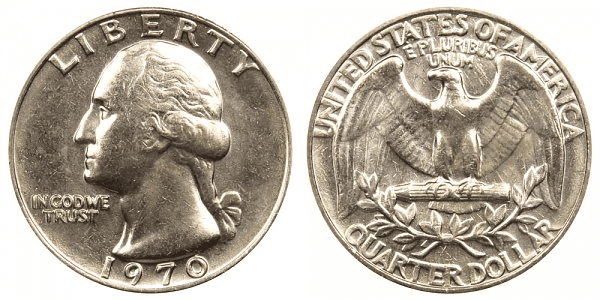
Instead of the silver content of the older coins, Washington Quarters have a 91.67% copper core with an 8.33% nickel coating starting in 1968. Read More.
1968 Lincoln Penny Value Guide
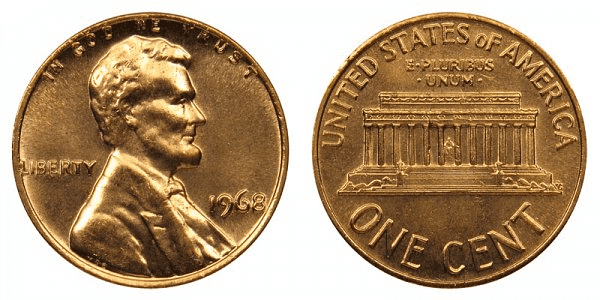
Due to the use of a 50-year-old hub that was worn out, the 1968 cents are considered some of the worst coins ever produced. Read More.
